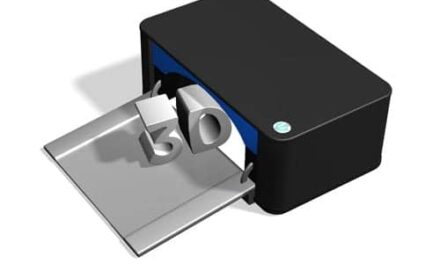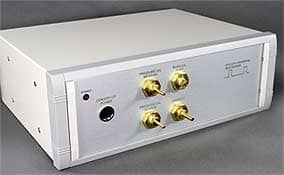Technology stalks healthcare. As hospitals increasingly seek ways to cut costs in the face of escalating technology purchases, a trend is emerging that’s as surprising as it is effective: the “repurposing” of biomeds and clinical engineers as PACS (picture archiving and communications system) support personnel. Transitioning to PACS support also can provide a stalled career the boost it needs. Will you be ready to answer the door when PACS opportunities come knocking?

There are many sensible reasons to include them in the PACS scenario. One is economics. Larry Cornell, managing director of MTS-Delft, a systems consulting service in Aurora, Ohio, says, “The cost of PACS maintenance is between 15 and 20 percent of the purchase price. In-house biomedical service of PAC systems can reduce the cost of maintenance the same way it reduces the cost of imaging maintenance and biomedical maintenance. In the ‘80s, when biomeds moved into the imaging modality side, the maintenance cost was reduced by an average of 15 percent.”
Another reason is that biomeds and clinical engineers can close critical gaps in the loop formed by radiologists and information technology departments. “They have the base knowledge of how medicine works, how a medical business works, whereas the IT people generally do not, and that’s what the hospital’s looking for,” says John Engel, senior systems training specialist at DITEC, Inc. (Solon, Ohio). He teaches a course there called “Networks, DICOM and PACS for Service Managers and Administrators.”
“It’s very important that a PACS solution in a hospital include radiology/cardiology, IT and biomedical engineering,” agrees Cornell. “There haven’t been good results by IT and radiology alone; IT doesn’t have all the answers in terms of imaging modalities. Ultimately, the clinical engineering or biomed group being a part of that triad is an excellent solution.”
To purchase the full text of this article, click here…




